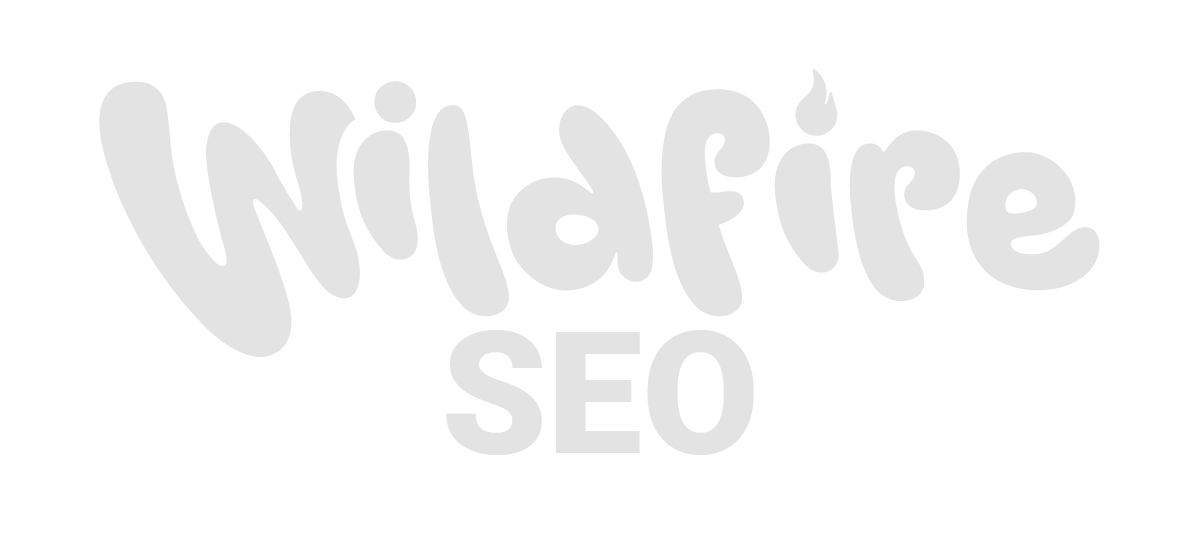
Predictive SEO: Using Data to Forecast Ranking Opportunities
Small businesses in 2025 face a digital landscape that is fast-moving and highly competitive. To grow online presence effectively, they need strategies that anticipate search trends rather than react to them. Predictive SEO offers exactly this: a data-driven approach that helps businesses forecast keyword opportunities, ranking potential, and content gaps. By understanding future trends, businesses can invest their time and resources more efficiently and stay ahead of competitors, making SEO services for small business more impactful and results-driven.
Adopting predictive SEO is particularly valuable for small businesses seeking to maximise their impact with limited resources. By applying these insights, businesses can refine content strategies, optimise existing pages, and target high-value keywords. This proactive approach transforms SEO from a reactive necessity into a strategic growth tool.
Keyword Trend Analysis
Tracking emerging search trends enables small businesses to capture traffic before competition intensifies. Historical search data reveals which keywords are gaining momentum and can highlight opportunities for early content creation.
For example, a local bakery observed a surge in searches for “gluten-free pastries.” By creating dedicated content and optimising their menu online, they attracted a new customer segment, increasing both footfall and online engagement. Early targeting of rising keywords provides measurable advantages in organic search visibility, which is a critical factor for small businesses relying on SEO services for small business to drive growth.
Competitor Performance Forecasting
Monitoring competitor SEO strategies offers insights into which topics and approaches are most effective in driving traffic. Analysing competitors’ keyword rankings, backlink activity, and content output can reveal gaps in the market that your business can exploit.
A small law firm discovered competitors were ranking for “personal injury lawyer” but offered limited coverage on “workers’ compensation claims.” By producing in-depth content on this underserved topic, the firm increased its organic traffic and strengthened its authority in the niche. Understanding the competitive landscape helps small businesses focus on high-impact opportunities while avoiding areas already saturated by competitors.
Content Gap Identification
Identifying content gaps allows small businesses to create high-value material that meets emerging user interest. This approach not only drives traffic but establishes the business as an authority in its industry.
Benefits of content gap identification include:
- Discovering underserved topics with growing search demand
- Targeting related long-tail keywords
- Capturing traffic that competitors are not fully addressing
- Positioning the business as a thought leader in the niche
Developing content based on these insights ensures that small businesses remain relevant and visible. A boutique fitness studio, for example, noticed rising interest in “at-home workout routines.” By publishing comprehensive guides and videos on this topic, the studio expanded its reach, drove engagement, and increased bookings.
Backlink Opportunity Forecasting
Predictive SEO can highlight which types of content are likely to attract backlinks in the near future. Backlinks remain a major factor in search rankings, and understanding industry patterns helps businesses plan outreach and content creation more strategically.
A local restaurant chain, for instance, noticed that recipe posts and behind-the-scenes content were consistently linked by bloggers and local publications. By producing similar content regularly, the restaurant strengthened its domain authority and improved its rankings. Strategically forecasting backlinks is an efficient way for small businesses to leverage high-value content without relying on chance.
SERP Feature Prediction
Search Engine Results Pages are evolving beyond simple blue links. Features like featured snippets, videos, images, and knowledge panels increasingly dominate results for high-intent queries. Predictive SEO enables small businesses to optimise content to appear in these SERP features, enhancing visibility and click-through rates.
For example, a travel blog targeting “best hiking trails” began adding structured data, images, and video snippets to its content. This optimisation led to inclusion in rich snippets, driving measurable increases in traffic. Understanding which SERP features are emerging for target keywords allows businesses to stay ahead and maximise their exposure organically.
Seasonal & Event-Based Forecasting
Historical data reveals patterns of search activity around seasonal trends, holidays, and industry-specific events. Leveraging these insights allows small businesses to produce timely content aligned with peak search interest.
An online retailer specialising in personalised gifts prepared holiday-themed content in advance based on past years’ trends. This early strategy resulted in significant increases in seasonal sales. Aligning content with predictable peaks ensures that marketing efforts coincide with the moments of highest consumer interest, a key strategy for any small business relying on SEO services for small business.
Ranking Potential Scoring
Predictive SEO allows businesses to forecast which pages have the greatest potential to rank by analysing keyword difficulty, search volume trends, and existing content authority. By prioritising optimisation efforts based on this scoring, small businesses can ensure maximum return on time and resources.
A digital marketing agency applied this scoring approach to existing blog content and identified posts with high-ranking potential. Minor optimisations led to a notable increase in visibility, demonstrating how targeted efforts on the right pages can yield significant benefits. Ranking potential scoring provides a practical framework to decide where small businesses should focus their SEO energy.
Traffic & Revenue Projection
Forecasting traffic and revenue allows businesses to allocate resources more effectively and focus on strategies that promise the highest ROI. Predictive analytics can estimate the impact of targeting specific keywords or content types on conversions and sales.
A SaaS company used predictive SEO to identify high-converting keywords and adjusted its content strategy accordingly. The result was a measurable increase in trial sign-ups and paying customers. Understanding potential traffic and revenue outcomes ensures that SEO services for small business are not just about visibility, but about tangible business growth.
AI-Driven Forecasting Tools
AI-powered predictive SEO tools automate analysis of keyword trends, competitor activity, and content opportunities. These insights enable small businesses to make data-driven decisions without needing complex analytics expertise.
Advantages of AI-driven forecasting include:
- Automating keyword trend identification
- Suggesting content topics likely to attract traffic
- Predicting ranking potential for existing pages
- Highlighting backlink opportunities before they peak
By adopting AI-powered forecasting, a small online bookstore increased organic traffic significantly. AI insights provided a roadmap for prioritising content creation and optimising existing pages, proving that technology can amplify the effectiveness of SEO services for small business.
Predictive SEO empowers small businesses to stay ahead of evolving search trends, target emerging keywords, and optimise content strategically. Leveraging data-driven insights transforms SEO into a proactive growth tool, allowing businesses to make informed decisions and achieve measurable results.
For small businesses seeking to maximise online visibility and growth, SEO services for small business are essential. At Wildfire SEO, we specialise in helping small businesses navigate predictive SEO strategies, optimise their content, and forecast opportunities that drive traffic and revenue. Contact us today to see how our expertise can help your business achieve sustainable digital growth.



